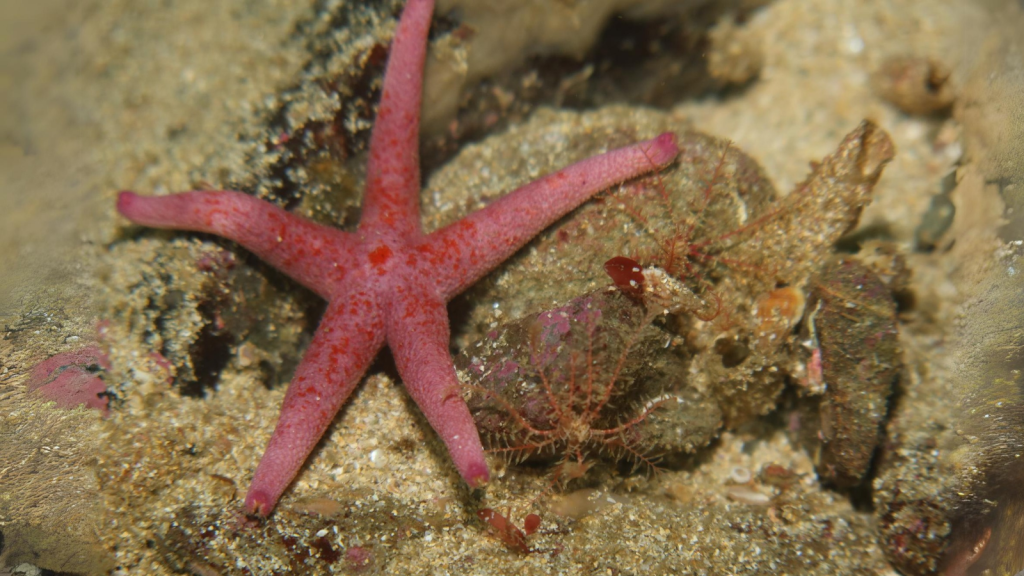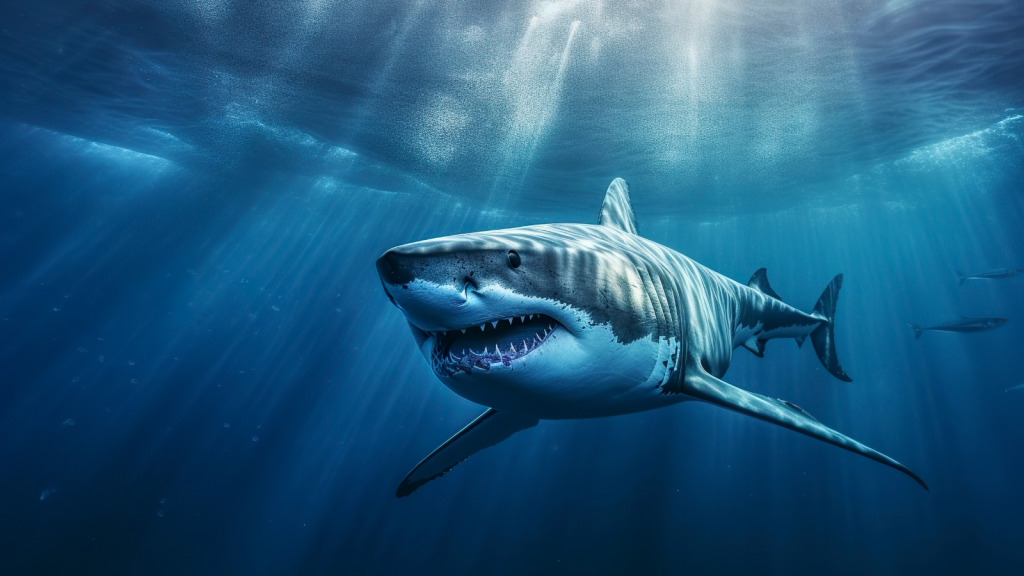Nature never fails to amaze us with its incredible adaptations. While humans can only dream of regrowing lost limbs, some animals possess this extraordinary ability. From tiny creatures of the sea to reptiles basking in the sun, these animals can repair or regrow parts of their bodies. This remarkable skill helps them survive predator attacks and accidents. It’s a reminder of how wonderfully complex and resilient life on Earth can be. Let’s explore 13 animals with this superpower-like ability to regenerate body parts.
Axolotl

The axolotl, a salamander native to Mexico, is often called the “walking fish”. These charming creatures can regrow lost limbs, organs, and even parts of their brain. Their regenerative abilities are so powerful that they can recover from severe injuries that would be fatal to other animals. Scientists are studying axolotls to understand how this regeneration works, hoping to apply these insights to human medicine. Interestingly, axolotls can also accept organ transplants from other axolotls without rejecting them, a trait that makes them even more valuable for medical research.
Starfish

Starfish, or sea stars, are masters of regeneration. If a starfish loses an arm, it can grow a new one. Some species can even regrow their entire body from a single arm if the central disc remains attached. This process can take months to complete, but it’s a handy trick for surviving predator attacks. Starfish use this ability not just for defence, but also as a way to reproduce. The regenerated arm often grows back larger than the original, giving the starfish an advantage in size over time.
Planarian Flatworms

These tiny flatworms have an astonishing ability to regenerate. Cut a planarian into pieces, and each piece can grow into a complete worm. They can even regrow their heads, including a new brain. This remarkable skill is due to a large number of stem cells in their bodies. Scientists are fascinated by planarians and hope studying them might lead to breakthroughs in regenerative medicine. Planarians can regenerate their entire bodies from as little as 1/279th of their original size, making them one of the most resilient creatures on Earth.
Lizards

Many lizard species can shed their tails to escape predators, a process called autotomy. The detached tail continues to wiggle, distracting the predator while the lizard escapes. Over time, the lizard grows a new tail, though it’s not quite the same as the original. The new tail has a cartilage rod instead of vertebrae and may be a different colour. Some lizard species, like the green anole, can drop and regrow their tails up to 20 times in their lifetime.
Deer

While deer can’t regrow limbs, they do regrow their antlers annually. This process is the fastest-growing tissue in any mammal. Antlers can grow up to 2.5 cm per day and are covered in velvet, a layer of blood vessels that supply nutrients. Once the antlers are fully grown, the velvet dries up and falls off, leaving the hard antlers we’re familiar with. The size and shape of a deer’s antlers can indicate its age, health, and genetic quality, playing a crucial role in mating rituals.
Zebrafish

These small, striped fish are popular in home aquariums, but they’re also stars in scientific research. Zebrafish can regrow damaged heart tissue, fins, and even parts of their brain. They share many genes with humans, making them valuable for studying regeneration. Scientists hope that understanding how zebrafish repair their hearts could lead to new treatments for heart disease in humans. Remarkably, zebrafish can regenerate up to 20% of their heart muscle within just two months of injury.
Sea Cucumbers

Sea cucumbers have a rather unusual defence mechanism. When threatened, they can expel their internal organs through their anus to distract predators. It sounds gruesome, but don’t worry – they can regrow these organs within a few weeks. Some species can even split themselves in half and regenerate into two individuals, a form of asexual reproduction. Sea cucumbers also have the ability to soften or harden their body at will, allowing them to squeeze through tiny cracks to escape danger.
Spiders

While spiders can’t regrow lost legs within a single moult cycle, they can regenerate legs over time. If a young spider loses a leg, it can regrow it gradually through successive moults. The new leg might be smaller at first, but it will eventually catch up in size. Adult spiders can’t regrow legs, but they can still survive with fewer legs if needed. Some spiders can even self-amputate their own legs to escape if trapped, a process known as autotomy.
Sharks

Sharks are known for their rows of sharp teeth, but did you know they’re constantly replacing them? Sharks have multiple rows of teeth, and when one falls out, another moves forward to take its place. Some sharks can lose and replace over 30,000 teeth in their lifetime. This continuous replacement ensures they always have sharp teeth for hunting. The great white shark, for example, can have up to 300 teeth in its mouth at any given time, arranged in up to seven rows.
Jellyfish

Some jellyfish species have a remarkable ability to reverse their life cycle. When stressed or injured, they can revert to their juvenile polyp stage and then grow back into adults. This process, called transdifferentiation, is like a butterfly turning back into a caterpillar and then becoming a butterfly again. It’s a unique form of regeneration that challenges our understanding of ageing. The immortal jellyfish, Turritopsis dohrnii, can repeat this process indefinitely, potentially achieving biological immortality.
Octopus

Octopuses can regrow their arms if they lose them to predators or in accidents. The severed arm can even react to stimuli for a short time after being detached, which might help distract predators. Regrowing an arm takes about six months, but the new arm is just as capable as the original. Some octopus species can even detach their arms voluntarily as a defence mechanism. Interestingly, two-thirds of an octopus’s neurons are in its arms, giving each arm a level of independent decision-making ability.
Hydra

These tiny, freshwater animals might be the champions of regeneration. Cut a hydra into pieces, and each piece can grow into a complete animal. They can even regenerate from clumps of cells. Hydra achieve this feat thanks to stem cells throughout their bodies. They also don’t seem to age, potentially regenerating indefinitely under the right conditions. Hydra can regenerate their entire body in just a few days, and they maintain this ability throughout their entire lifespan.
African Spiny Mice

Unlike other mammals, these remarkable rodents can regrow skin, fur, cartilage, and even parts of their heart. When attacked, they can shed large patches of skin to escape, much like how lizards drop their tails. The lost skin regrows quickly, complete with hair follicles and glands, without scarring. Scientists are studying these mice to understand how they achieve this mammalian regeneration. African spiny mice can lose up to 60% of the skin on their back without suffering any significant blood loss or infection, a unique ability among mammals.
10 Desert Predators With Unique Hunting Adaptations

The harsh desert environment has shaped some of the most remarkable hunters on Earth. These animals have evolved incredible ways to survive and thrive in a world of extreme heat and scarcity. From silent stalkers to venomous ambush experts, desert predators are masters of adaptation. Their hunting techniques are as varied as they are fascinating, each perfectly suited to the challenges of their arid homes. Join us as we explore ten of these amazing creatures and the special tricks they use to catch their prey.
Read More: 10 Desert Predators With Unique Hunting Adaptations
Becky is a fervent wildlife enthusiast and pet care expert with a diploma in canine nutrition. Her love for animals stretches beyond the domestic, embracing the wild tapestry of global fauna. With over a decade of experience in animal welfare, Becky lends her expertise to OutlandishOwl through insightful articles, captivating wildlife information, and invaluable guidance on pet nutrition. Her work embodies a deep commitment to understanding the intricate lives of animals and a passion for educating others on sustaining natural habitats. Becky's hands-on conservation efforts and her knack for translating complex dietary science into practical pet feeding tips make her an indispensable voice for creatures great and small.




